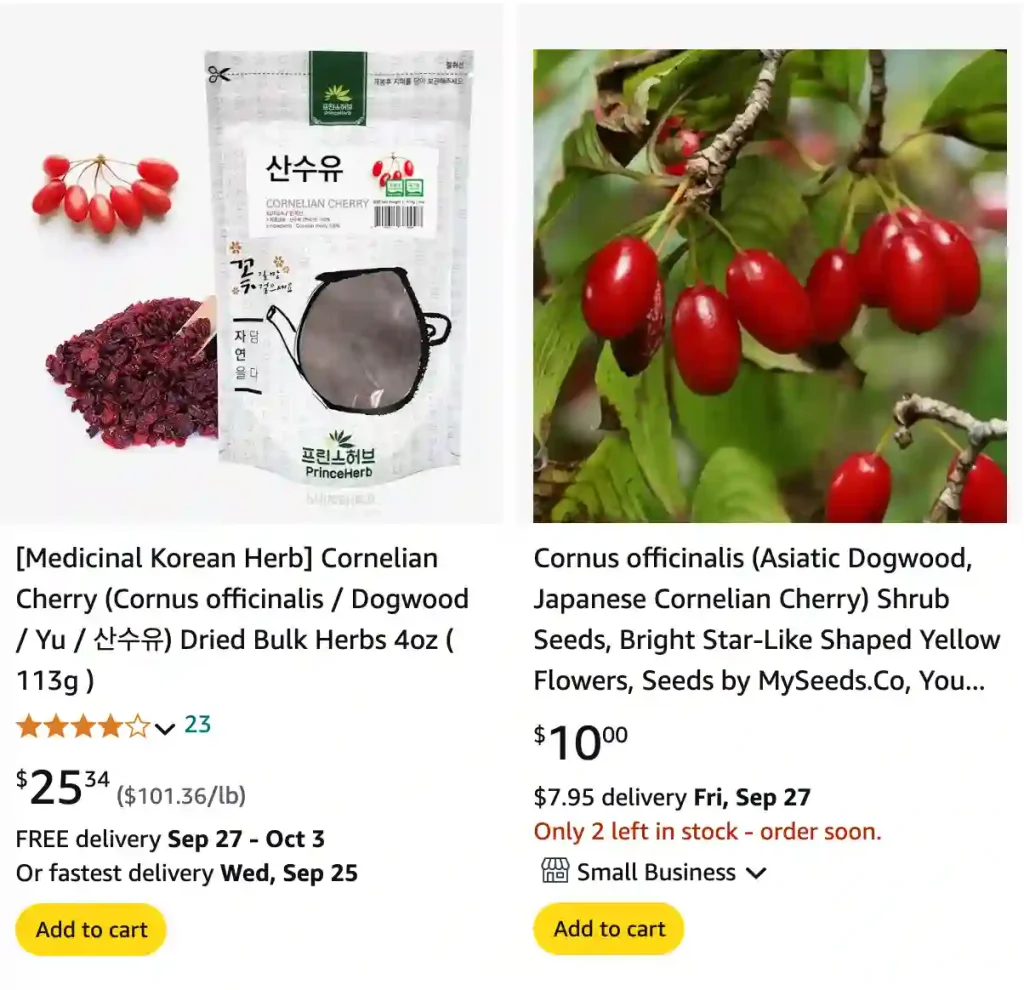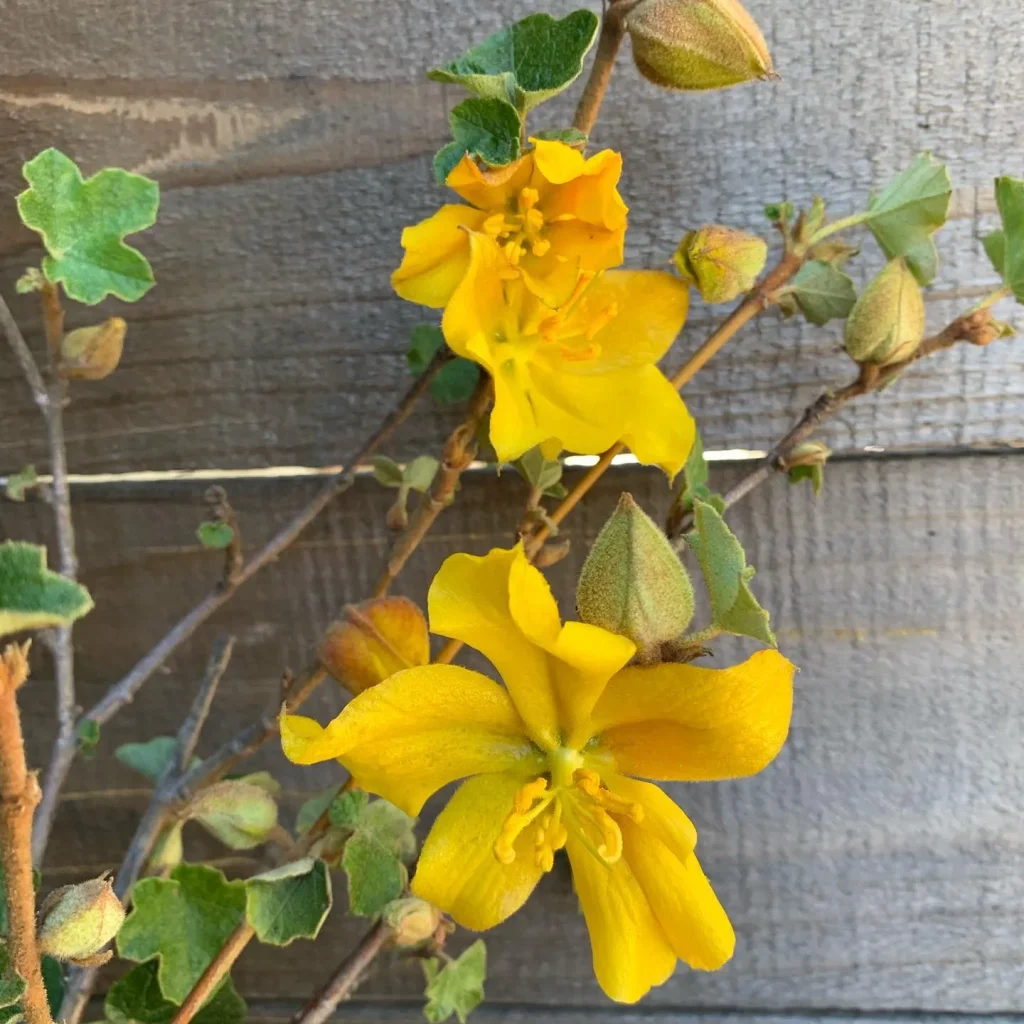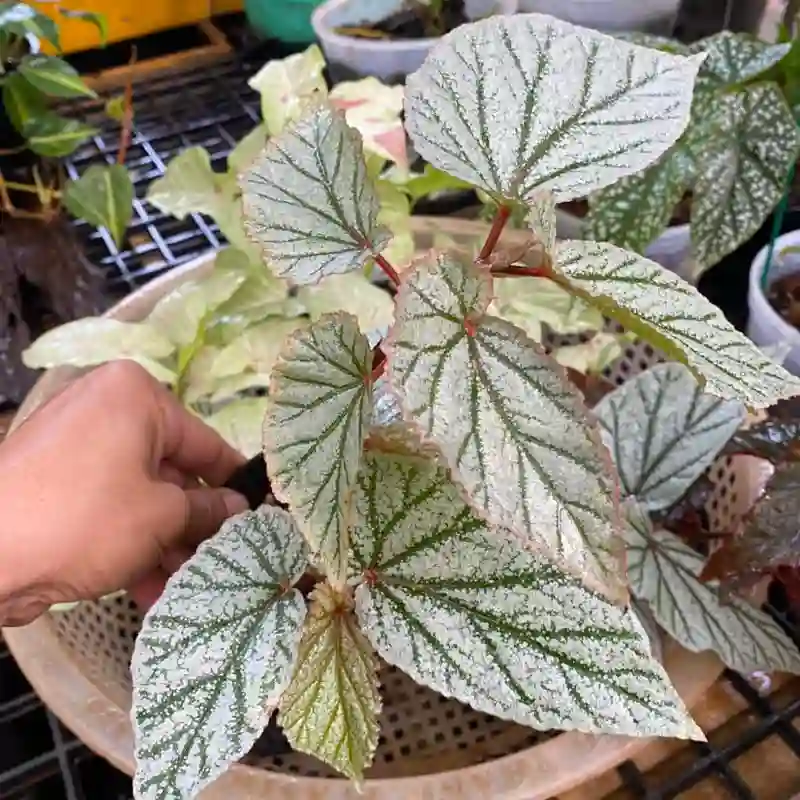
FAQs About Cornus Officinalis
As a passionate plant enthusiast, I’ve spent considerable time learning about various species, and one that continually piqued my interest is Cornus Officinalis. Often referred to as the Japanese Dogwood or Cornelian Cherry, this plant is not just beautiful but also carries a rich history of medicinal use. In this article, I’ll address some frequently asked questions about Cornus Officinalis, sharing what I’ve discovered along the way.
56 Species in Genus Cornus – Dogwood
What Is Cornus Officinalis?
Cornus Officinalis is a deciduous shrub or small tree native to East Asia. It typically grows between 15 to 25 feet tall and features striking yellow flowers that bloom in early spring, before the leaves appear. The leaves are glossy and dark green, turning a lovely shade of yellow in the fall. The most distinctive feature of this plant is its cherry-like, edible fruits, which ripen to a deep red color. While these fruits are often enjoyed fresh or used to make jams, they also possess medicinal properties that have been valued for centuries.
How to Care for Cornus Officinalis?
Caring for Cornus Officinalis is relatively straightforward, making it an excellent choice for gardeners of all experience levels. First, it prefers well-drained, loamy soil rich in organic matter. I’ve found that incorporating compost can significantly enhance soil quality. This plant thrives in full sun to partial shade, so selecting the right location is crucial for healthy growth.
Watering is essential, especially during dry spells. Regular watering helps establish strong roots. However, be cautious not to overwater, as this can lead to root rot. Fertilizing in early spring with a balanced fertilizer promotes vigorous growth and flowering.
How to Propagate Cornus Officinalis?
Propagation of Cornus Officinalis can be achieved through seeds, cuttings, or layering. I’ve had success with stem cuttings taken in late spring or early summer. Here’s how I do it:
- Select healthy stems: Choose a stem that’s at least six inches long.
- Prepare the cutting: Remove the lower leaves and dip the cut end in rooting hormone.
- Plant the cutting: Place it in a pot with a well-draining soil mix and water it lightly.
- Maintain humidity: Cover the pot with a plastic bag to create a humid environment until roots develop.
What to Plant With Cornus Officinalis?
When planning your garden, consider companion plants that complement Cornus Officinalis both aesthetically and ecologically. I often pair it with other flowering shrubs like Hydrangeas or Lilacs, as their blooming seasons align beautifully. Ground covers like Creeping Thyme can add texture and prevent weeds, while taller plants like Japanese Maples create a stunning layered effect.
Can You Grow Cornus Officinalis Indoors?
While Cornus Officinalis is primarily an outdoor plant, it can be grown indoors if sufficient light is provided. I recommend placing it near a south-facing window where it can receive bright, indirect sunlight. Ensure that the pot has proper drainage to prevent water accumulation. Indoor plants may require more frequent watering, especially in drier indoor climates.
Is Cornus Officinalis Toxic?
One of the common concerns I hear about any plant is toxicity, especially if you have pets or small children. Thankfully, Cornus Officinalis is not considered toxic to humans or animals. However, it’s always wise to monitor consumption of any plant material, as some individuals may have allergies or sensitivities.
Benefits of Cornus Officinalis
The benefits of Cornus Officinalis extend beyond its ornamental value. The fruits are rich in vitamins, particularly vitamin C, and are believed to have anti-inflammatory and antioxidant properties. In traditional medicine, various parts of the plant have been used to treat ailments such as fever, inflammation, and digestive issues. I often enjoy making herbal teas with the fruits, appreciating both their flavor and health benefits.
Common Problems with Cornus Officinalis
Despite its resilience, Cornus Officinalis is not entirely without issues. One problem I’ve encountered is leaf spot, often caused by fungal infections. Proper spacing and good air circulation help mitigate this issue. Additionally, overwatering can lead to root rot, so it’s vital to monitor soil moisture.
Compare with Other Similar Plants
If you’re considering Cornus Officinalis, you might also be looking at other dogwood species, such as Cornus Florida or Cornus Kousa. While Cornus Florida is known for its stunning bracts and flowers, it tends to have a more challenging growing requirement. Cornus Kousa, on the other hand, offers beautiful flowers and unique fruits but may not have the same hardiness in certain climates.
Conclusion
Cornus Officinalis is a remarkable plant that deserves a place in any garden. With its stunning flowers, edible fruits, and medicinal properties, it offers so much more than meets the eye. Whether you’re a seasoned gardener or just starting, this plant is worth considering for its beauty and benefits. As I continue to learn more about it, I’m excited to share my experiences and insights with fellow plant lovers.
If i die, water my plants!



